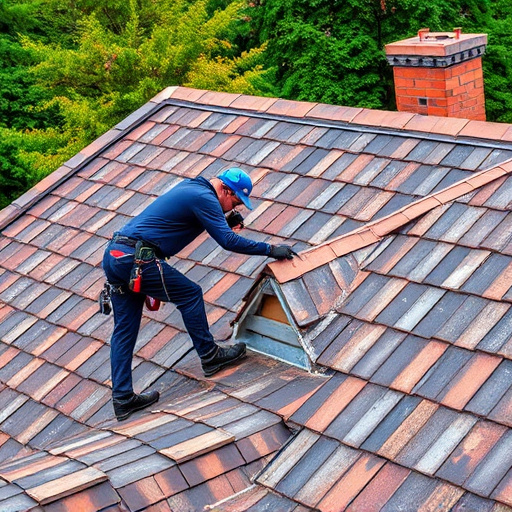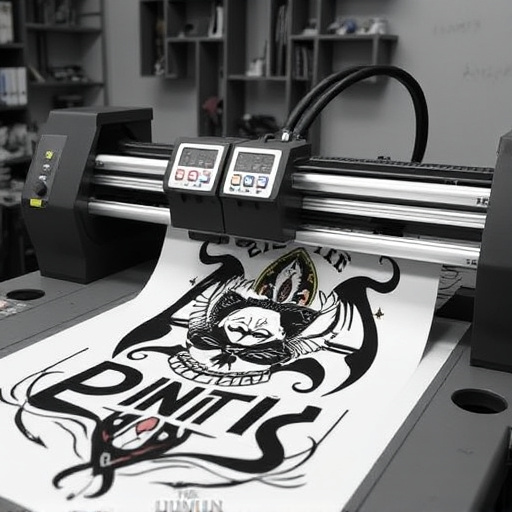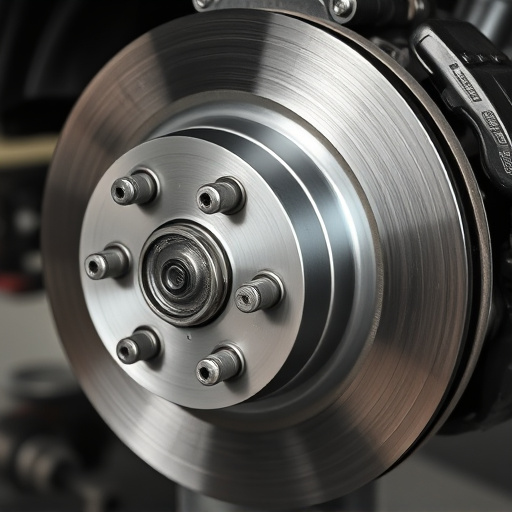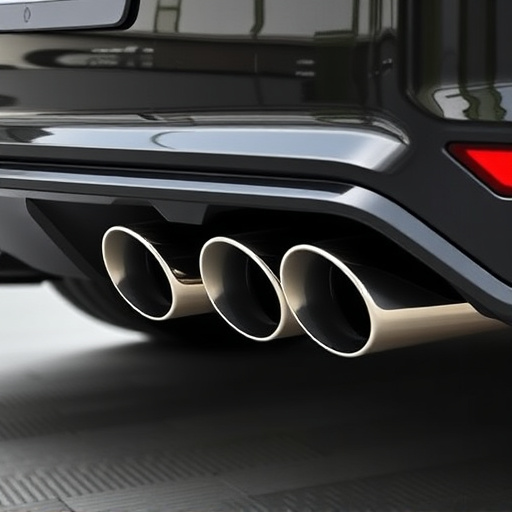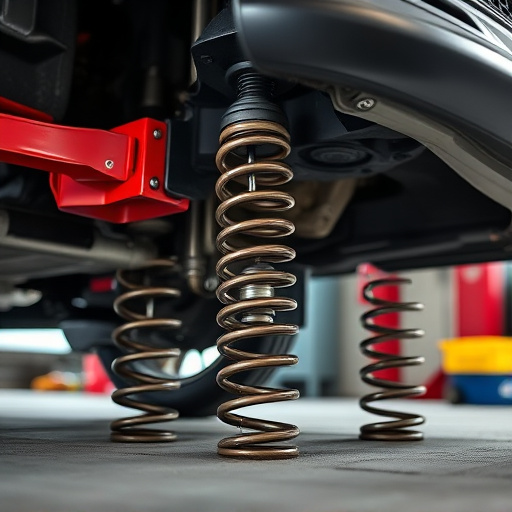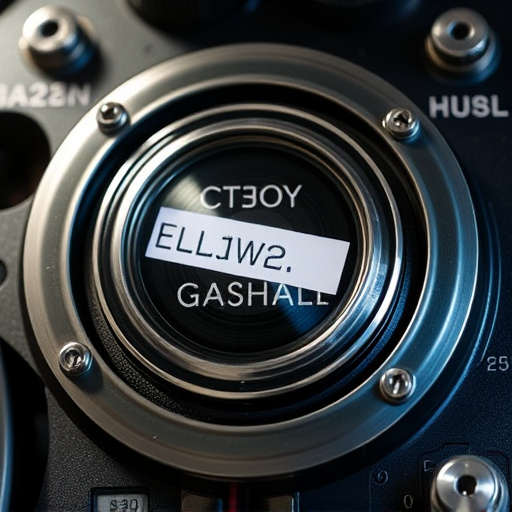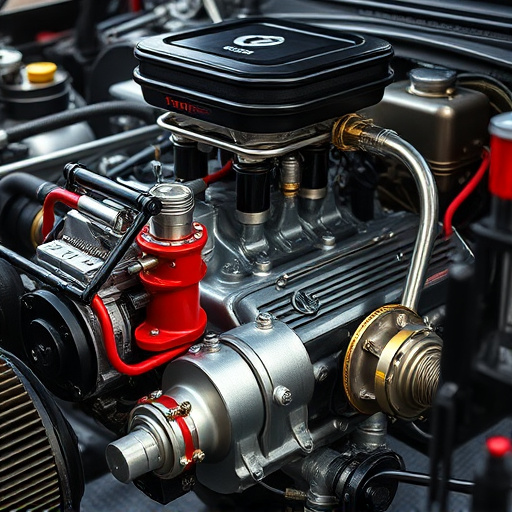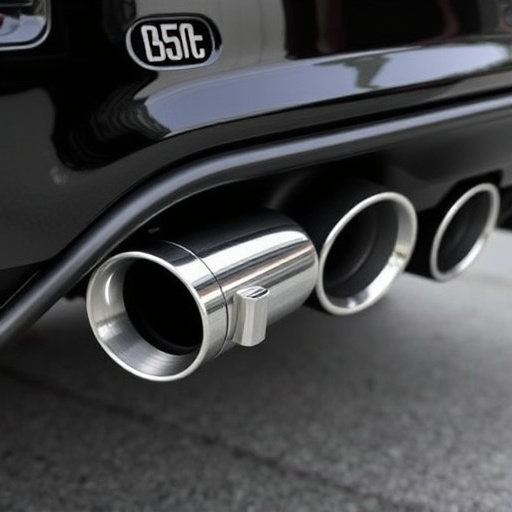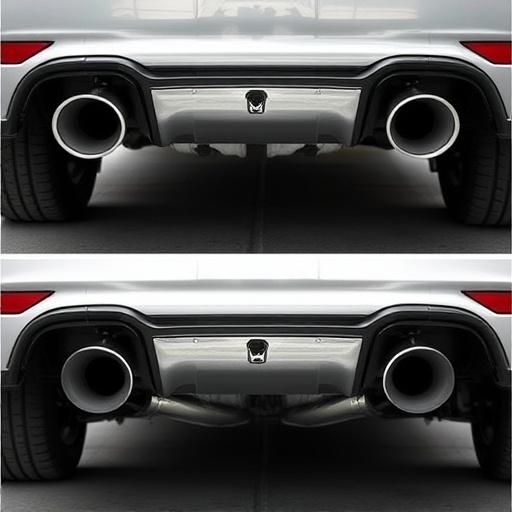Muffler bypass systems enhance car performance and sound by redirecting exhaust gases for improved throttle response. DIY installation requires tools, safety gear, and automotive knowledge. Modifications offer increased power but may cause structural weaknesses and noise pollution if not done correctly. Precise welding or adapter placement ensure efficiency, safety, and prevent mechanical issues.
Looking to enhance your vehicle’s performance? Consider a DIY muffler bypass—a modification that can unlock hidden power and torque. This guide covers everything you need to know, from understanding muffler bypass systems to tackling safety precautions and potential challenges. We’ll walk you through the process, ensuring you’re equipped with the knowledge to install bolt-on adapters or perform welding tasks. Discover the benefits of this DIY project and get ready to take your vehicle to the next level.
- Understanding Muffler Bypass Systems
- Tools and Safety Precautions for Installation
- Benefits and Potential Challenges of DIY Modification
Understanding Muffler Bypass Systems
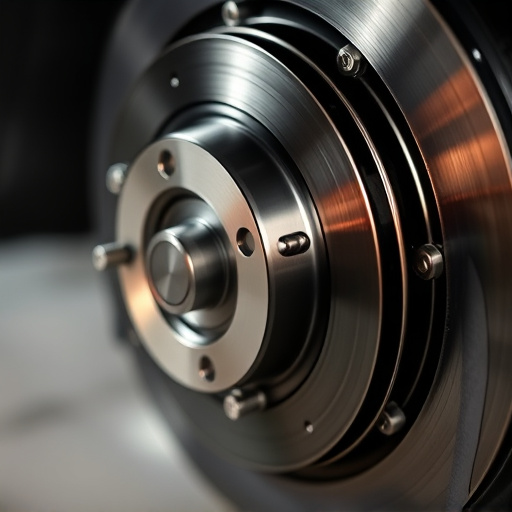
Muffler bypass systems are an exciting modification for car enthusiasts looking to enhance their vehicle’s performance and sound. This process involves rerouting the exhaust gas flow, bypassing the stock muffler, and potentially adding a performance-oriented exhaust system. By eliminating the restrictions imposed by the standard muffler, drivers can expect increased engine power and a more aggressive exhaust note, often characterized by deeper tones and a stronger roar.
Understanding how these systems work is crucial when considering a DIY approach. A muffler bypass typically consists of adapters that either weld or bolt onto the existing exhaust pipeline. These adapters redirect exhaust gases through an alternative path, bypassing the stock muffler entirely. This modification can significantly impact the overall sound and performance of the vehicle, often resulting in improved throttle response and a more enjoyable driving experience for those seeking an enhanced driving sensation.
Tools and Safety Precautions for Installation
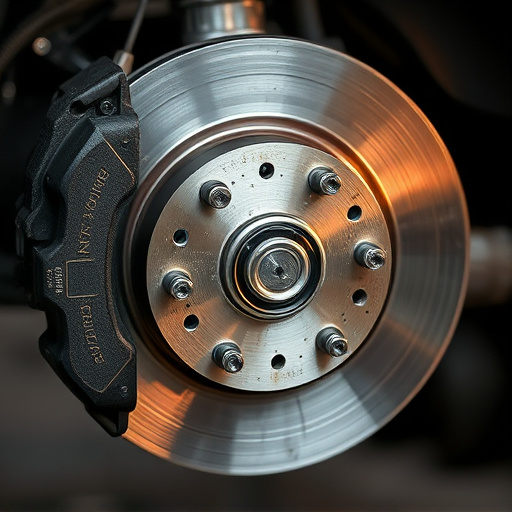
Before tackling a DIY muffler bypass, it’s crucial to gather the right tools and prioritize safety precautions. This job requires a decent set of wrenches, sockets, pliers, and possibly a torch for welding or a set of bolt-on adapters, depending on your chosen method. Muffler bypass installation involves working with exhaust systems, which can be hazardous due to hot components and toxic fumes. Always wear protective gear, including gloves, safety glasses, and a respirator, to shield yourself from potential dangers. Ensure adequate ventilation in the work area to prevent the buildup of harmful gases.
Additionally, familiarity with basic automotive mechanics is essential. Performance air filters, air intake systems, and coilover kits are components that might be involved in your modification, so having a clear understanding of their functions and installation processes will facilitate the muffler bypass procedure. Double-check your vehicle’s manual for any specific instructions or warnings related to exhaust system alterations.
Benefits and Potential Challenges of DIY Modification
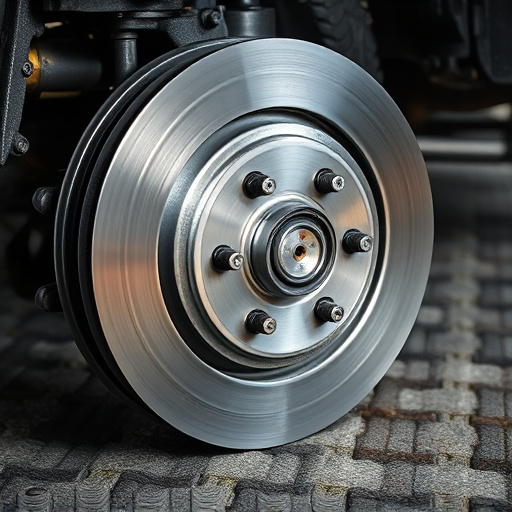
DIY muffler bypass modifications offer vehicle owners a sense of autonomy and customization over their ride. One of the key benefits is the potential for enhanced vehicle performance. By bypassing the restrictive muffler, exhaust gases can flow more freely, resulting in improved power output and torque. This modification is particularly appealing to car enthusiasts seeking to unlock their vehicle’s full potential.
However, attempting a DIY muffler bypass comes with its challenges. Improper installation could lead to structural weaknesses in the exhaust systems, affecting overall vehicle safety. Additionally, inadequate sealing might cause leaks, resulting in noise pollution and potential environmental concerns. The process requires precision welding or careful bolt-on adapter placement to ensure the modified system operates efficiently without compromising brake rotors’ integrity or causing other mechanical issues.
Upgrading your vehicle’s exhaust system with a DIY muffler bypass can offer significant performance gains, but it’s not without challenges. This process requires careful consideration of safety precautions and the right tools for the job. By understanding muffler bypass systems, their benefits, and potential drawbacks, you can make an informed decision. Remember, while DIY modifications can be rewarding, they may not always be suitable for all vehicles or drivers. Always prioritize safety and seek professional advice when needed.


